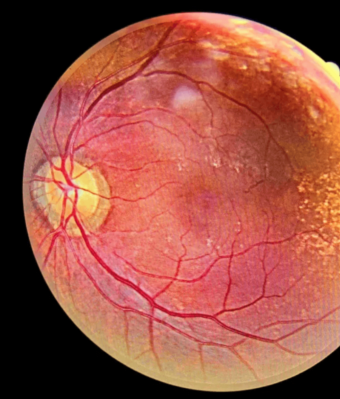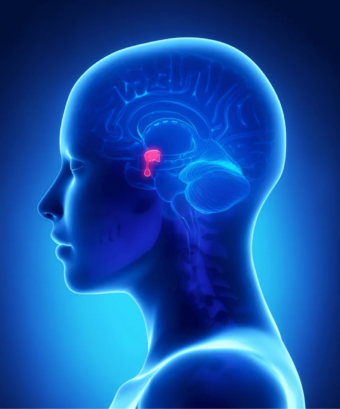One of the common microvascular complications of T2DM is diabetic retinopathy (DR), characterized by damage to the blood vessels in the retina. DR is a leading cause of visual impairment and blindness among the working-age population, and its prevalence continues to rise.
Congenital adrenal hyperplasia (CAH) constitutes a group of genetic disorders primarily originating from mutations in the CYP21A2 gene, responsible for encoding the adrenal steroid 21-hydroxylase enzyme (P450c21). This genetic anomaly results in impaired adrenal steroidogenesis and is inherited as an autosomal recessive trait.
Pituitary adenomas represent a common subset of sellar region tumors, typically presenting with a diverse array of clinical manifestations. Among the myriad challenges these adenomas pose, calcification is rare and often raises suspicion of alternate diagnoses, such as craniopharyngiomas.
Osteomyelitis, primarily caused by Staphylococcus aureus infection, is a prevalent condition. While over 100,000 fungal species are described, only 150 are pathogenic to humans. Opportunistic infections, often when host defenses are compromised or through invasive gateways like dental extractions or traumatic skin discontinuities, pose challenges in timely diagnosis and treatment.
In a significant stride towards combating the pervasive impact of cancer, the Department of Health (DOH) and the World Health Organization (WHO) have jointly unveiled the 2024-2028 National Integrated Cancer Control Program (NICCP) Strategic Framework.
Parkinson's disease has been a formidable challenge for medical professionals worldwide. It is a neurodegenerative disorder that is challenging to manage effectively due to its complex interplay of genetic predisposition, environmental factors, and a wide range of symptoms.
Top Articles
Read our free content and join our community of 400,000+ doctors across Asia and beyond.
- Top Articles
- Popular





